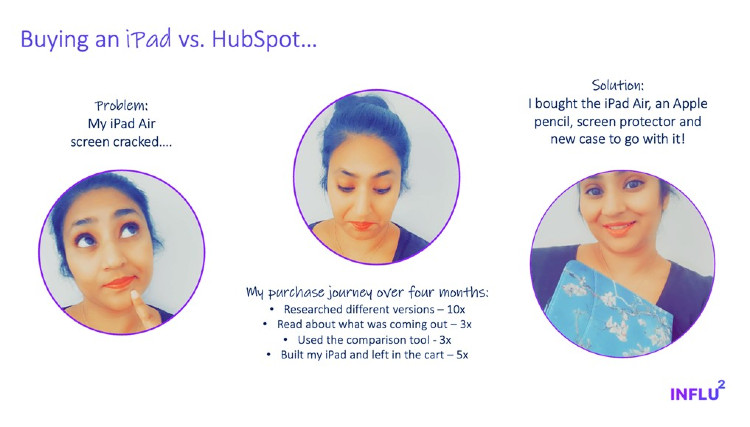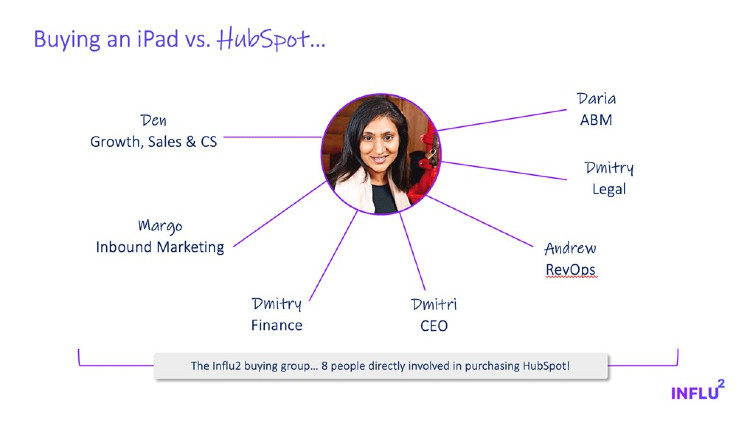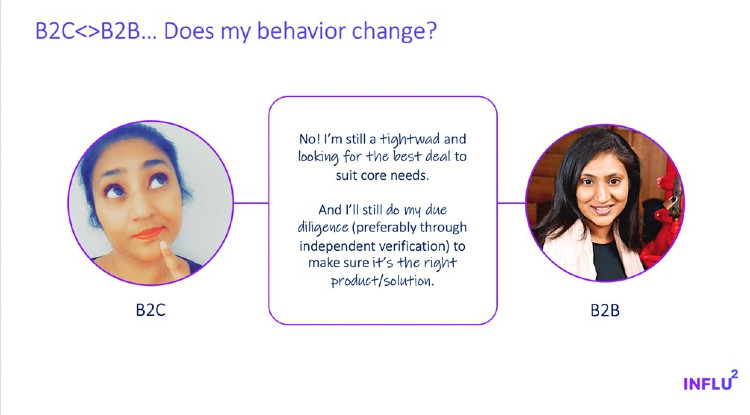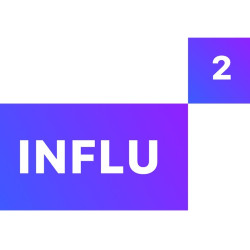So, you've done the legwork that will ensure your ABM strategy is executed flawlessly. You've completed your personas. You know the specific accounts you're targeting. You have a solid bench of content queued up. It's all backed and powered by a great back-end martech stack. It's the best ABM practice of today's savvy marketing organizations.
Or is it?
Traditional ABM is like spreading homogenized peanut butter on Wonder Bread—blanketing the same message across your key accounts. Although ABM is the beginning of an effective marketing strategy, after ABM has worked all its demand gen charm and your prospects make that swirling, delicious slide down the marketing funnel from unknown to known, you need a more targeted approach.
That's when buying group marketing (BGM) can help you bridge the marketing and sales funnels and close deals.
To be effective at BGM, you must improve your message's sophistication and stop spreading it around in the same way for every target account. People in buying groups are anything but homogeneous. They are unique, individuals. And to reach, qualify, and nurture them to closed deals, you need to create unique experiences,.
All ABM Leads Are Not Created Equal
If you are doing traditional ABM, you might get multiple leads from the same target account, and that's great. But although those leads constitute a single opportunity, they aren't all created equal. And some of them are dead on arrival. Here's why:
- Leads from target accounts may or may not be on the buying team and thus relevant to the sale.
- Leads on the buying team have varied roles, including decision-makers, influencers, gatekeepers, and blockers, each with different requirements.
- Leads may have different objectives and requirements based on their functional roles.
- Leads who are on the buying team are likely at different points in the buying journey, even though they are all on the same buying team. That requires a different level of messaging.
Although ABM best-practices are still important, basic ABM can't deliver the level of nuance and sophistication that's required further down the funnel. To be more effective at that stage of the journey, your marketing needs to be relevant for the individual buyer's context.
What Is Buying Group Marketing?
Most enterprise buying decisions today are not made by an individual but a buying group. BGM is focused on the specific buying group members within a target account.
Each person in the group has a varying degree of influence and decision-making power. And each person has a different objective based on his or her role in the organization and place in the buying journey. In BGM, you meet everyone in the buying group where they are, and your create tailored marketing journeys for them.
Building a BGM Experience Through Relevance
Although BGM requires aligning Strategy, Operations, Sales, and Marketing, a major focus of the approach should be the experience of your prospects.
Designing your prospects' experience is about building a brand that works cohesively and reaches people at an individual level. It's about developing context-rich and relevant content for each buyer on the core decision-making team as well as the greater buying group.
It also requires thorough consideration of how you will optimize your channels and personalize the experiences, whether through your website, paid advertising, social media, listings, events, cold outreach, or other avenues.
In BGM, context is everything!
Does Buying Behavior Change From B2C to B2B?
People bring their whole selves to work. So, what happens in a typical B2C context is also relevant when building your B2B experiences.
The following graphics demonstrate that point.



That's true for your prospects, too: Wherever your prospects go, they bring their personalities with them.
But if your prospects are buying HubSpot, they are likely not the only person involved in making the purchase decision. The HubSpot purchase will have different buying team members who all bring their unique personalities and approaches to work. And all those people have different roles and professional needs that are layered on top of those personalities.
For instance, the CMO needs to understand what the platform does for the company from a business perspective. The Marketing manager needs to understand how the marketing team will use the system. The RevOps manager needs to understand how the marketing team will implement it and how it works with the company's other systems. Each of those roles is at a different stage of the buying journey in determining whether HubSpot will win the deal.
If you are a BGM marketer, you need to create campaigns that take that context into consideration. That means building campaign journeys for each buyer in the group.
Applying Relevance Through Humanized Content
ProfitWell is a great example of BGM done well. It has created two video series (Boxed Out and Pricing Page Tear Down) that analyze pain points for its target accounts.
ProfitWell worked with its sales team to identify target accounts, audit those accounts' online presence, and produce content specific to solving issues identified from the audit. It pushed that highly custom and relevant content out in different formats, distributing it across channels.
It was a highly personalized approach to connect with the buying groups at target accounts. And personalization isn't simply using prospects' names in email or displaying their logo; personalization is relative to the prospect's needs.
The program resulted in a 23% increase in ProfitWell's banner CTRs and a 40% increase in buying group engagement across the campaign's target accounts. Also, 67% of that audience converted, driving an increase of 111% from the baseline in enterprise deals won.
Stop Spreading Peanut Butter—Try Other Condiments!
So, isn't it time to go beyond traditional ABM and start building your BGM strategy?
That means leveling-up the nuances of your campaigns and customizing them so they are relevant to the rich context and diverse needs of your prospects. If you design your experiences around your prospects' uniqueness, you will catapult your organization into a whole new era of marketing effectiveness that can have a significant impact on your bottom line.
Peanut butter may be delicious, but it isn't for everyone. Today's purchase decisions are a team effort, and to optimize your effectiveness, your strategy needs to consider that all buyers are not the same.
This article is written by Nirosha Methananda, a proud marketing generalist who recently joined Influ2 as its VP of marketing. She is taking on the challenge to build out what the evolution of ABM looks like. In her previous role, Nirosha was responsible for creating Bombora's distinctive brand and establishing it as the leading global provider of B2B intent data.




